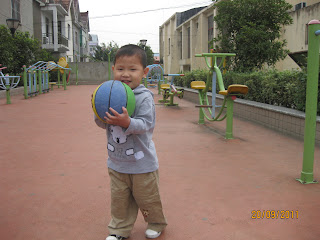Step 1: googling “from couch to 5k“
Perhaps their 10-week plan should be an 11-week plan which starts with google. (but, that would mean that I would be starting to run next week…)
Mark Matthews’ The Jade Rabbit has been well received by the running community. “Great race weekend novel to lose yourself in!” said Running Fit e-newsletter. “a must-read for anyone familiar with or curious about the psychological benefits associated with distance running,” said The Outdoor Athlete.
Vivid descriptions of her training. The focus, the concentration, the runner’s math sprinting through her head as fast as her legs are moving as she runs. The imagery of her emotions when she is near breaking point physically.
But, there is more to the book than that.
As as infant, Janice was adopted from China. Now married and desiring a child herself, readers witness her continual process of coming to terms with her own story as she pushes herself to the limit physically and comes under fire as a social worker in a center for neglected or abused kids in a rough Detroit neighborhood.
Stereotypical cliches like “the red thread” and references to “my China-mama” can be forgiven as you progress through the book and become genuinely interested in Janice’s personal crises related to her abandonment as a baby and her life with a “heart that will always pump Chinese blood” coupled with how the Western air was chosen for her to breathe. As an adoptive mom of a Chinese girl, that’s what I’m interested in.
One review claims the book is worth it for Chapter 9 alone–chock full of training and pushing through physical pain. This nonrunning, adoptive parent is going to say the book is worth it for Chapter 12 alone–a short 6 pages, the account of Janice and her best friend and crib mate’s journey back to Guangzhou to where they spent the first 10 months of their lives in an orphanage, chock full of pushing through emotional pain.
And, her thoughts, her considerations of her purpose and the questions she asks herself at an age that most people would think these questions should be closed, are woven throughout the book. And, though it is fiction, written by a grown Caucasian man, not a young Chinese adoptee, I believe that he’s thought about these things in a genuine way himself and was able to use his experience as an adoptive father as he wrote this novel–and perhaps work out some of his own questions.
Is it a must read for adoptive parents?
No.
It won’t teach you how to best manage a multicultural household (though the issue is not ignored in the book). It won’t teach you about attachment methods (though the relationship between Janice and her parents is one richly described). It won’t teach you about how to best answer questions from your child or others or how to handle racism and Asian stereotyping or how to nurture relationships for your child with other children brought home via adoption (though all these subjects are indirectly woven in).
But, it will give you a unique view of adoption and adoption related grief, loss, and gain, a unique view inside the life of one fictitious girl who I wanted to cheer for at the finish line.
And, in my opinion, any book that leaves me with some poignant thoughts that I want to talk to my husband or adoptive mom girlfriends about and that helps me think through some potential issues for our daughter, for our family, that may arise–that book is worth my time.


